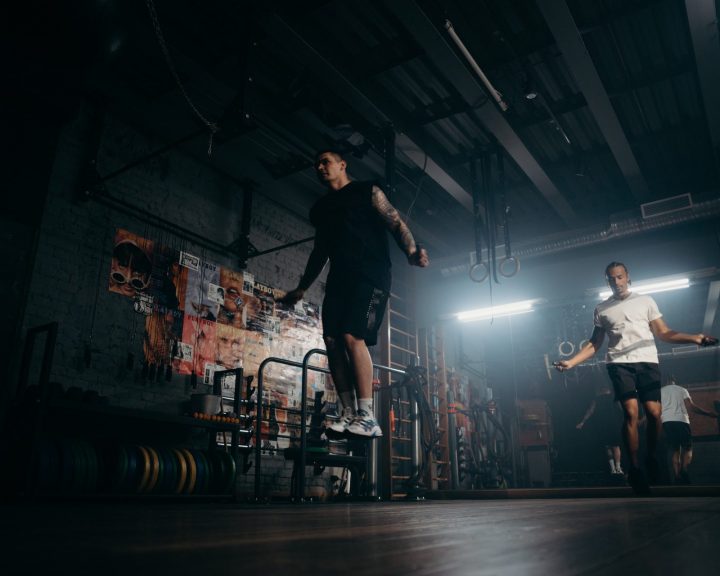A lot of people make the case that when it comes to exercise programs for youth, that youth should not be treated as small adults. Recently another study has been published that helps to reinforce this. In the latest issue of the European Journal of Applied Physiology, Chen et al studied the effect of two bouts of eccentric exercise (spaced three weeks apart) on the elbow flexor muscles for 9-10 year old boys, 14-15 year old adolescents, and 20-25 year old men. Each subject performed five sets of six reps of maximal eccentric contractions of the elbow flexors at 90 degrees/second. Each eccentric contraction was preceded by a one-second maximal isometric contraction at 90 degrees of elbow flexion. This pairing (isometric plus eccentric) was repeated every 10 seconds.
The authors measured the range of motion at the elbow, upper arm circumference, soreness, maximum voluntary isokinetic concentric contraction torque for the elbow flexors and extensors, muscle stiffness, plasma creatine kinase activity, and myoglobin concentration.
Results:
• After the first eccentric exercise session, all the variables changed significantly except the elbow extensor torque. Torque (elbow flexors), range of motion, and passive stiffness all decreased. On the other hand, upper arm circumference, muscle soreness, CK activity, and myoglobin concentration all increased.
• The changes were largest for adults, smallest for boys, and in between for the adolescents. These were all statistically significant differences.
• After the second eccentric exercise session, all the variables but elbow extensor torque, CK activity, and myoglobin concentration changed in a statistically significant manner. Once again, the adults had the greatest change, followed by adolescents, followed by boys.
• The first eccentric exercise session may have created a protective effect for the second in the sense that the changes during the second session were much smaller than the changes seen after the first.
Decreases in muscle function and increases in soreness were smaller for boys than adults as a result of eccentric exercise. The authors run through a number of possible reasons about why this might be the case. They do not feel that it is due to the size of the muscles (i.e. adults have larger biceps) or to the amount of work being done as all groups are performing a similar amount of relative work. Their reasons include the greater physical activity of the boys, better flexibility for the boys, the boys possessing fewer fast twitch muscle fibers, and possible better tendon compliance by the boys although the authors caution that more research is needed for each of these possibilities.
For me, whatever the reason, this study is reinforcing something very key and very important about working with children. Children are not little adults, they respond to exercise differently than adults do. This suggests that using an adult program, with smaller weights, might not be in the best interests of children.
Chen, T.C., Chen, H-L., Liu, Y-C., and Nosaka, K. (2014). Eccentric exercise-induced muscle damage of pre-adolescent and adolescent boys in comparison to young men. European Journal of Applied Physiology, 114:1183-1195.


